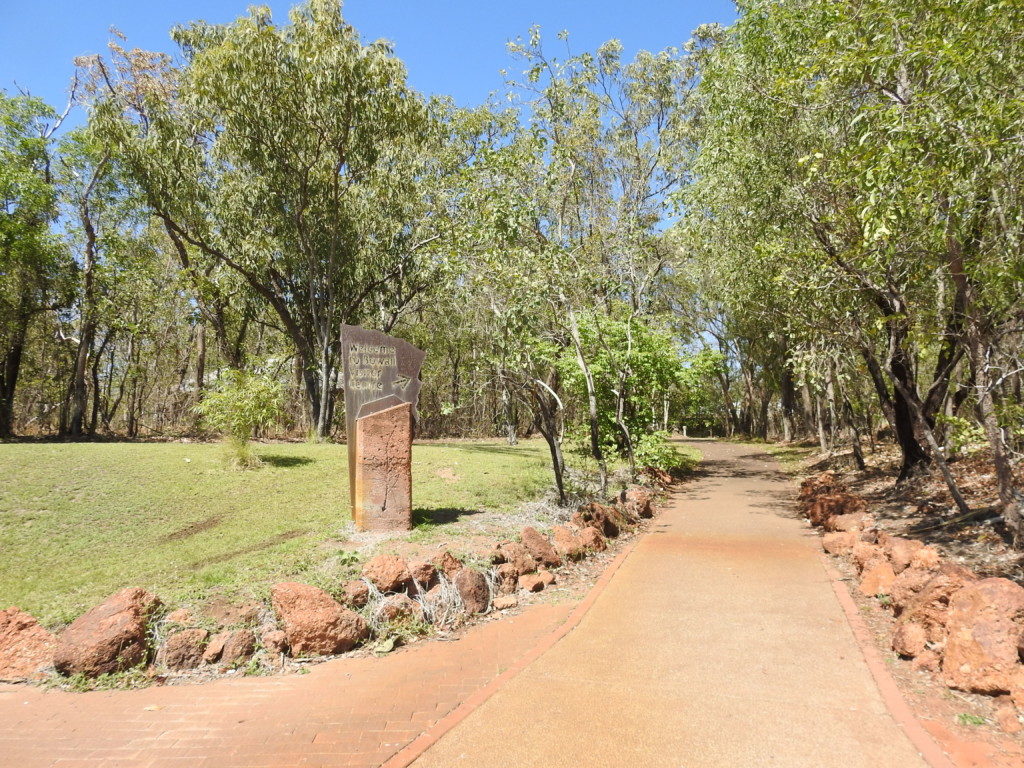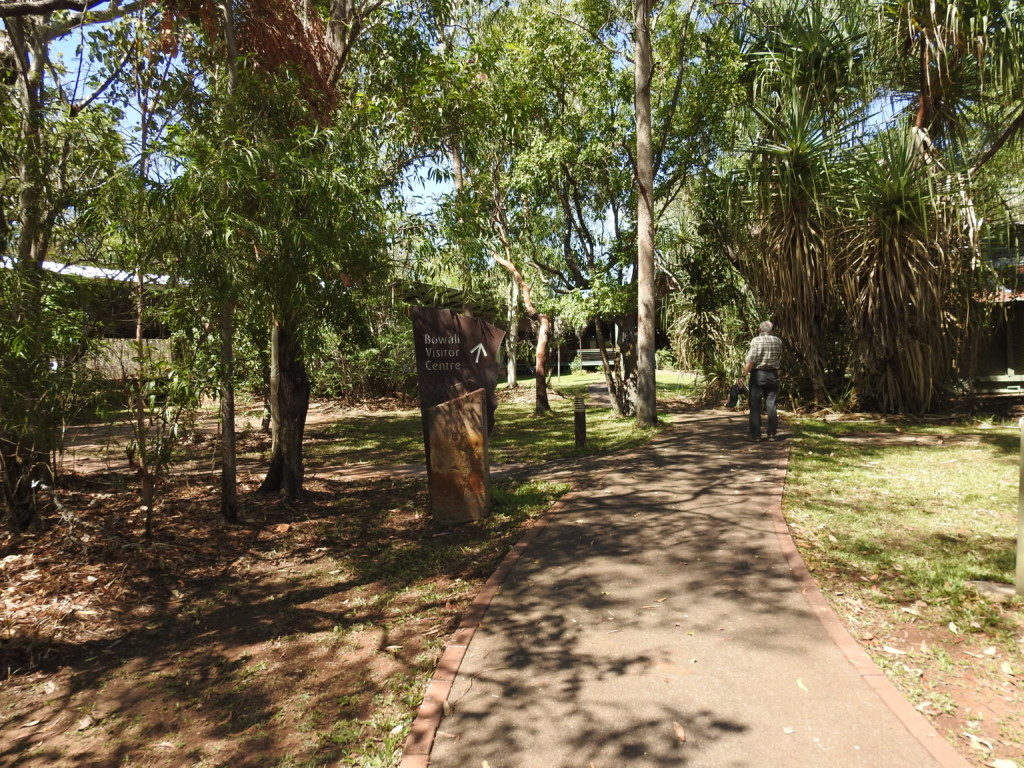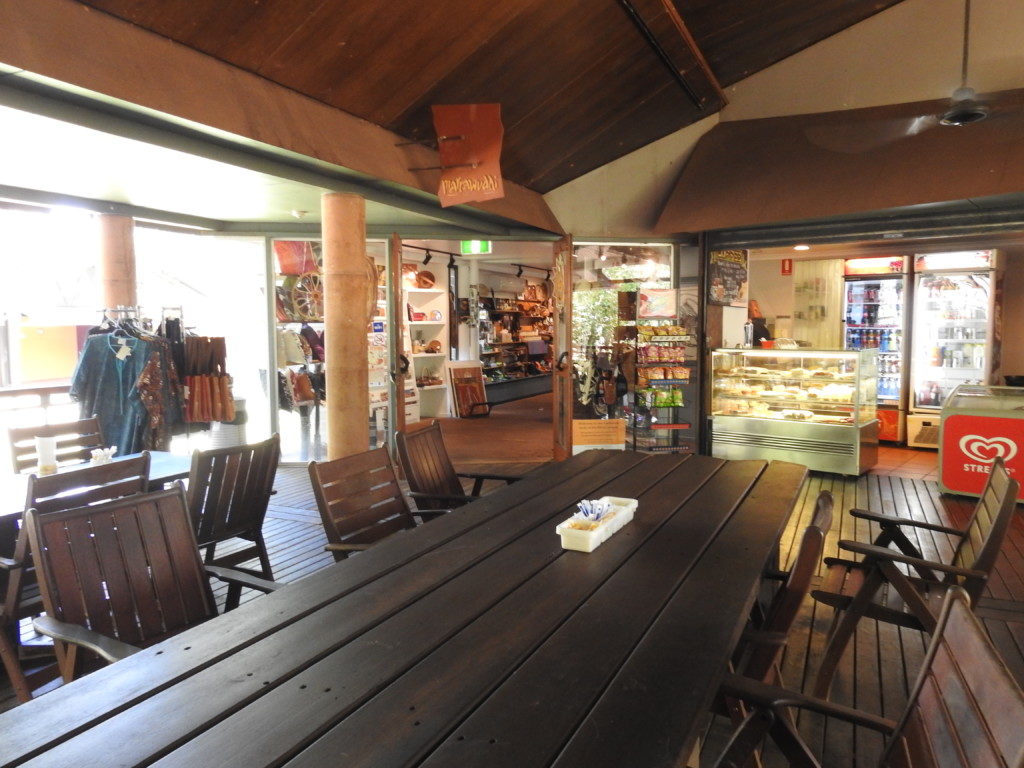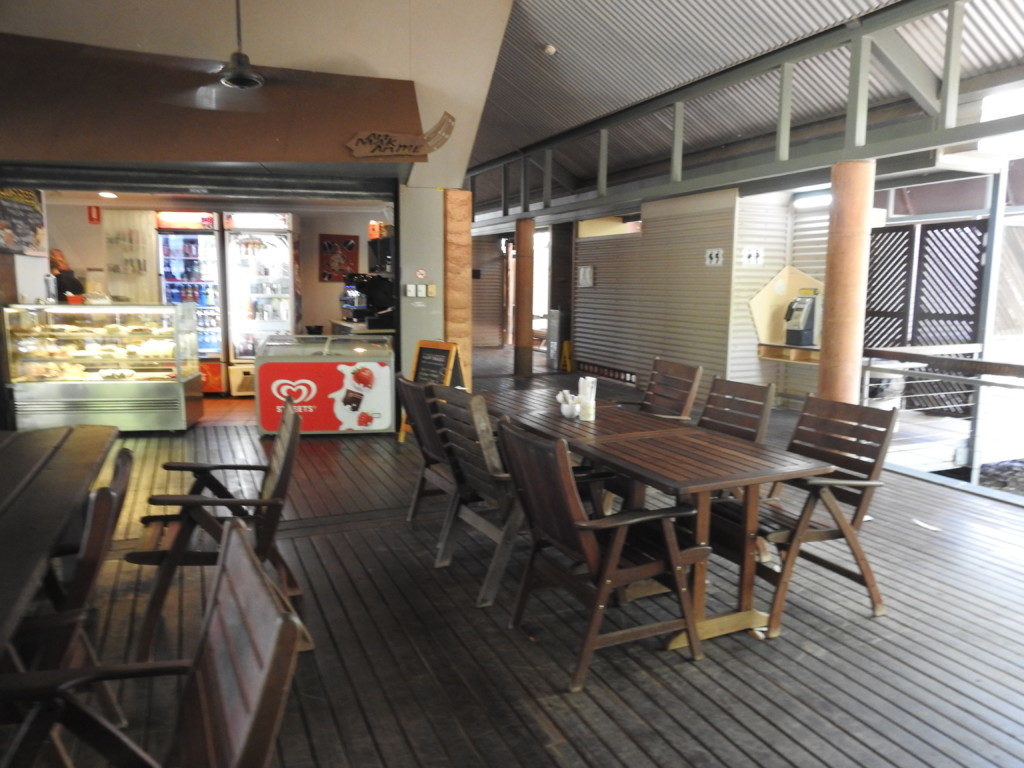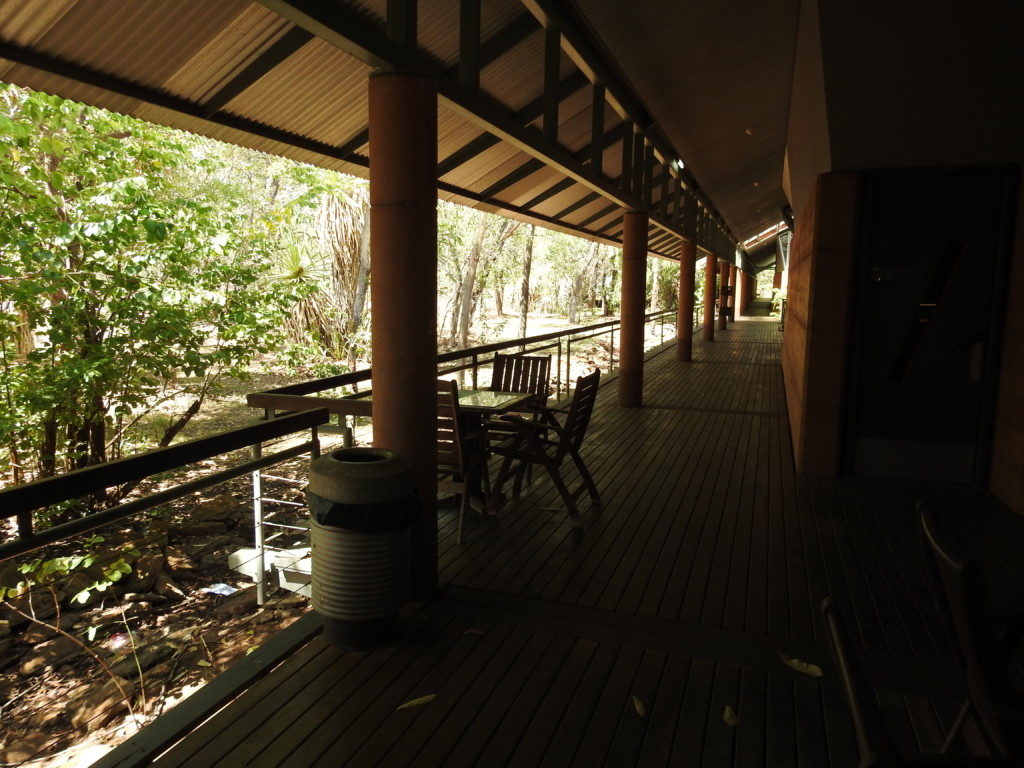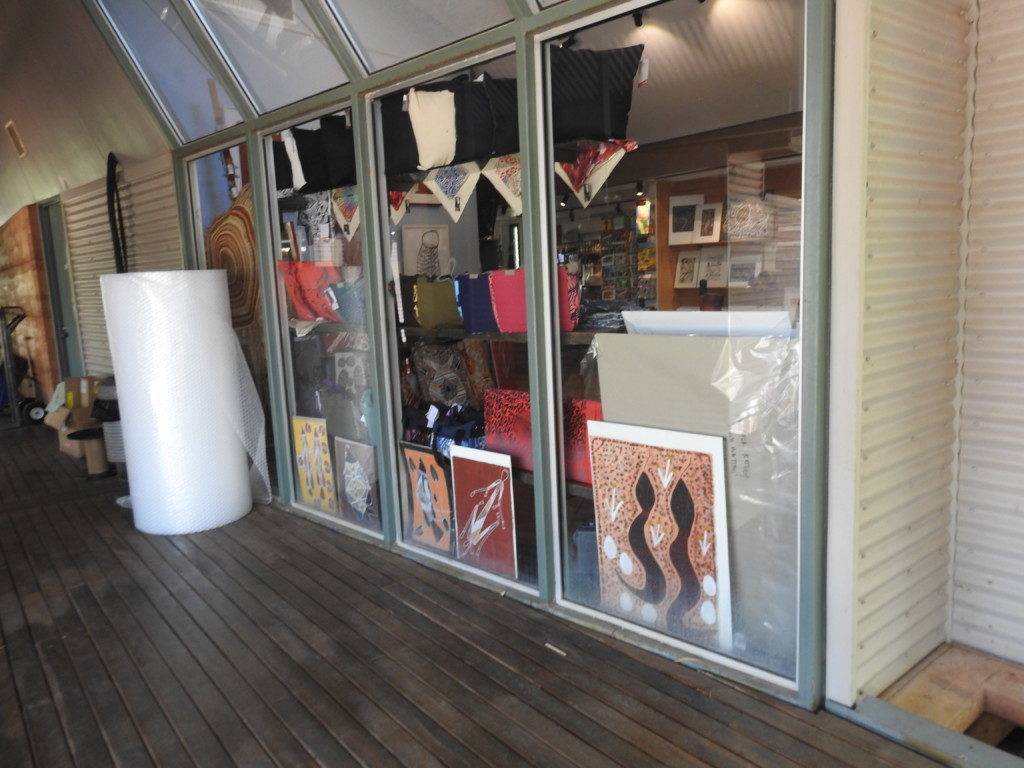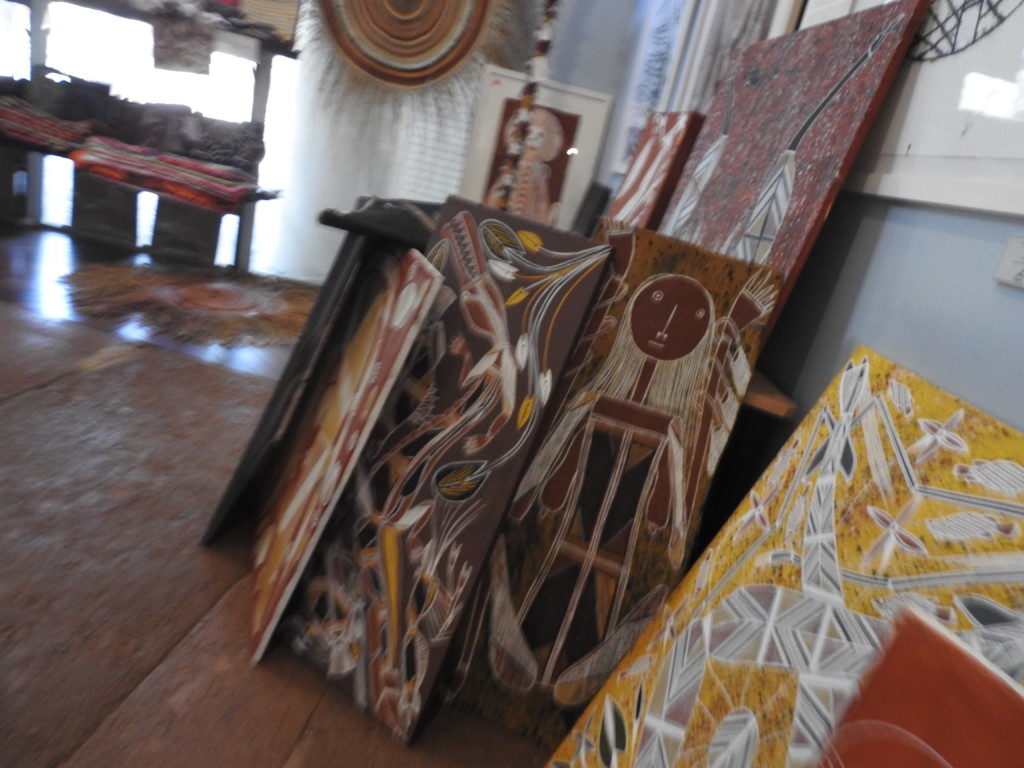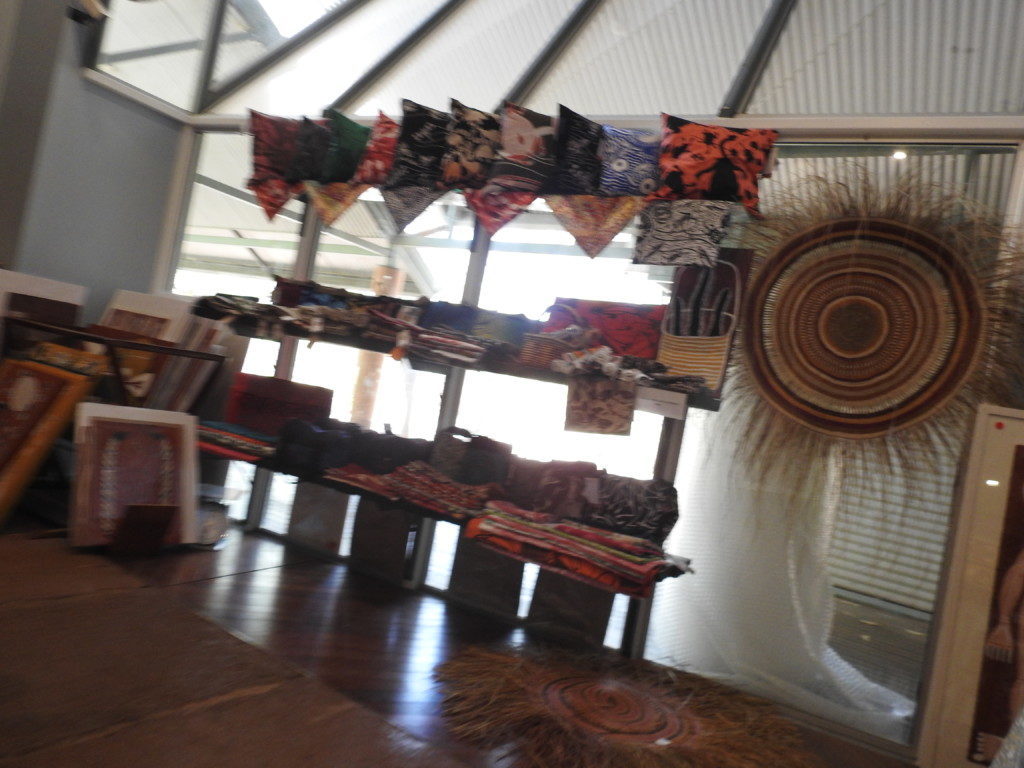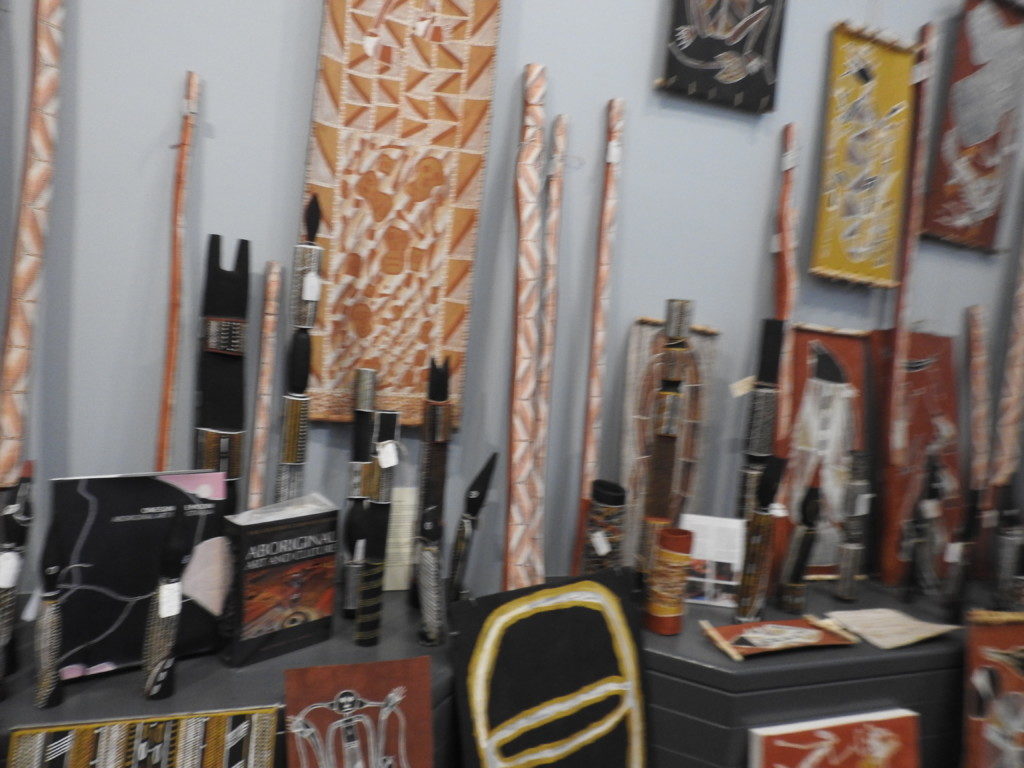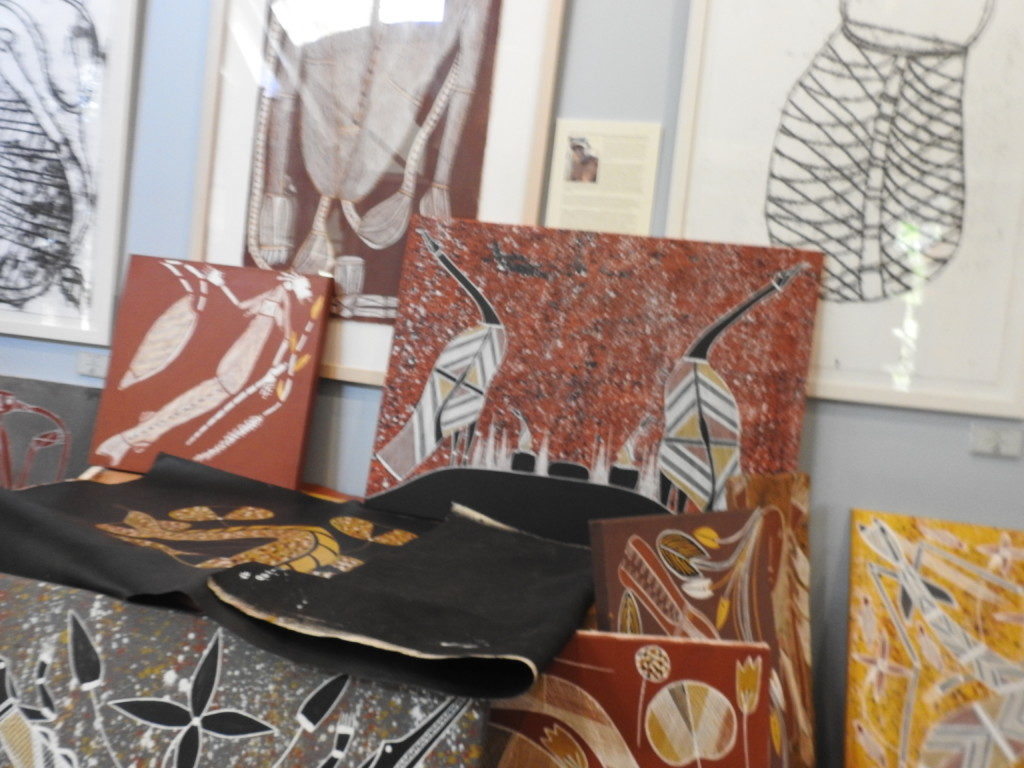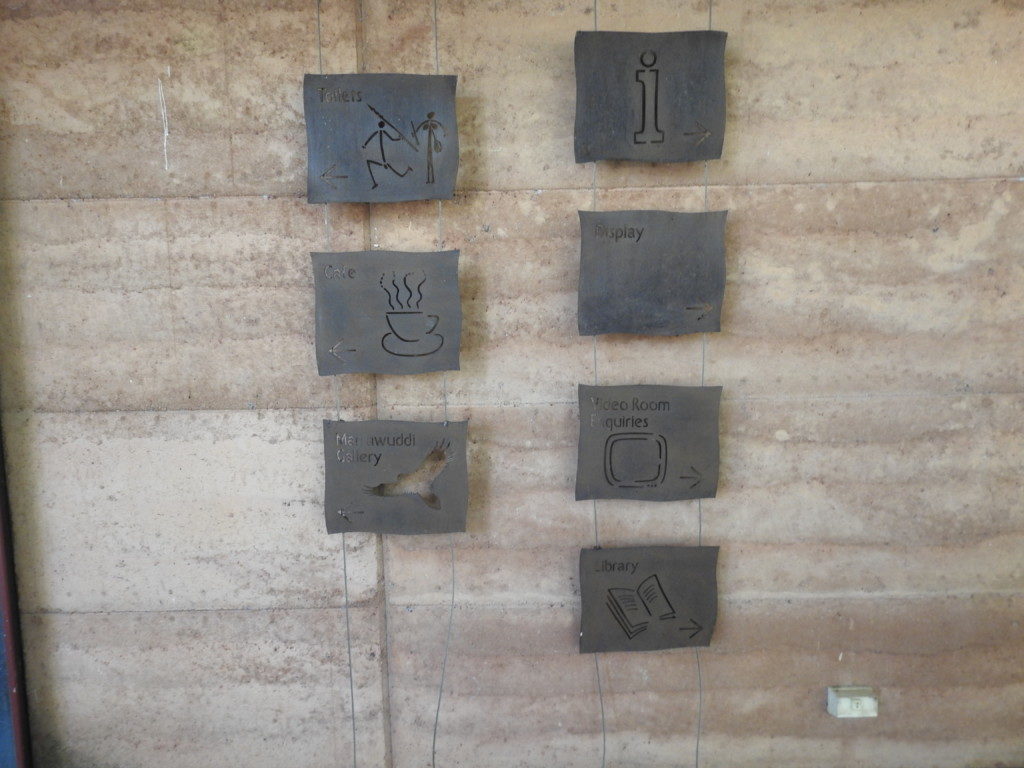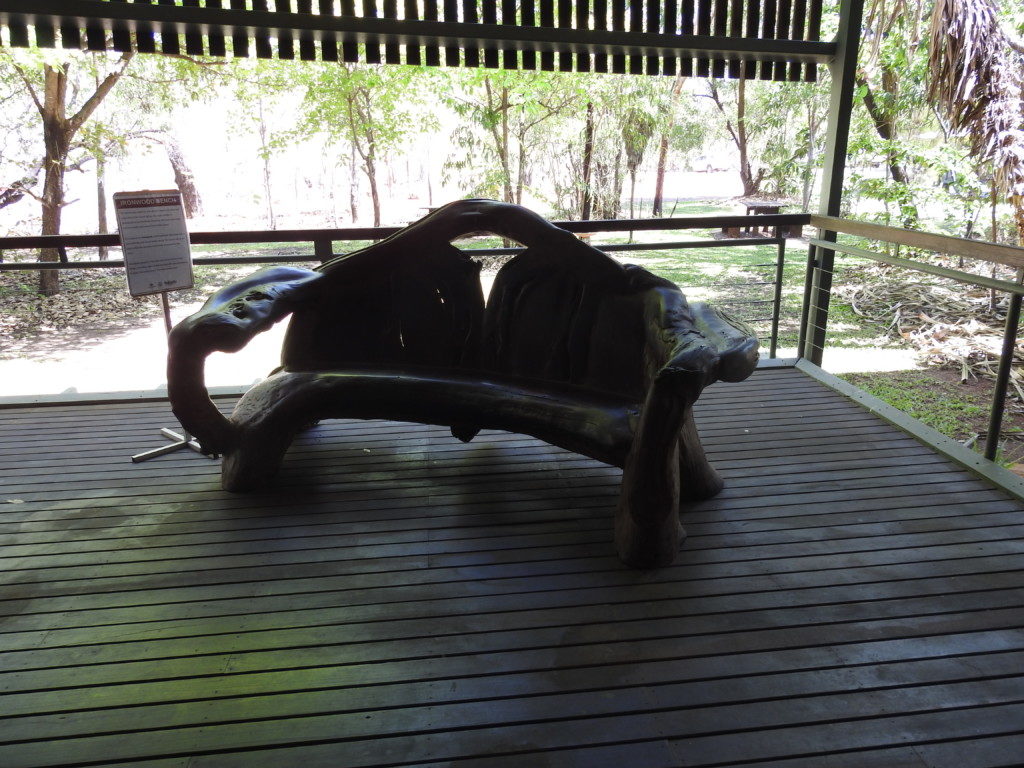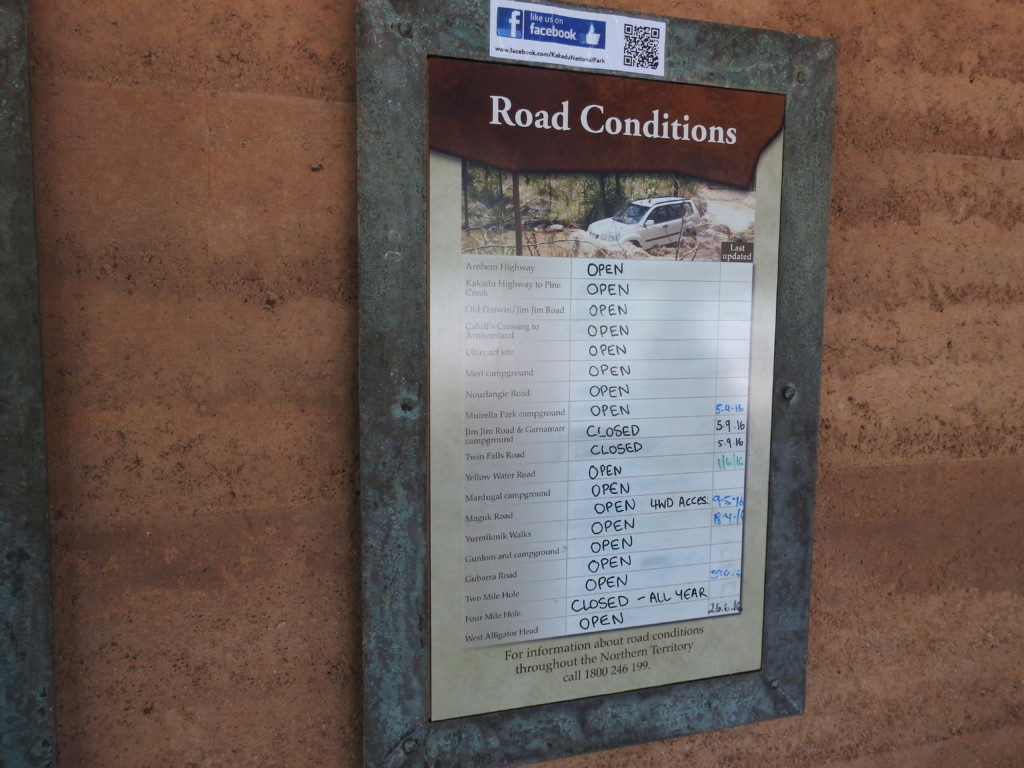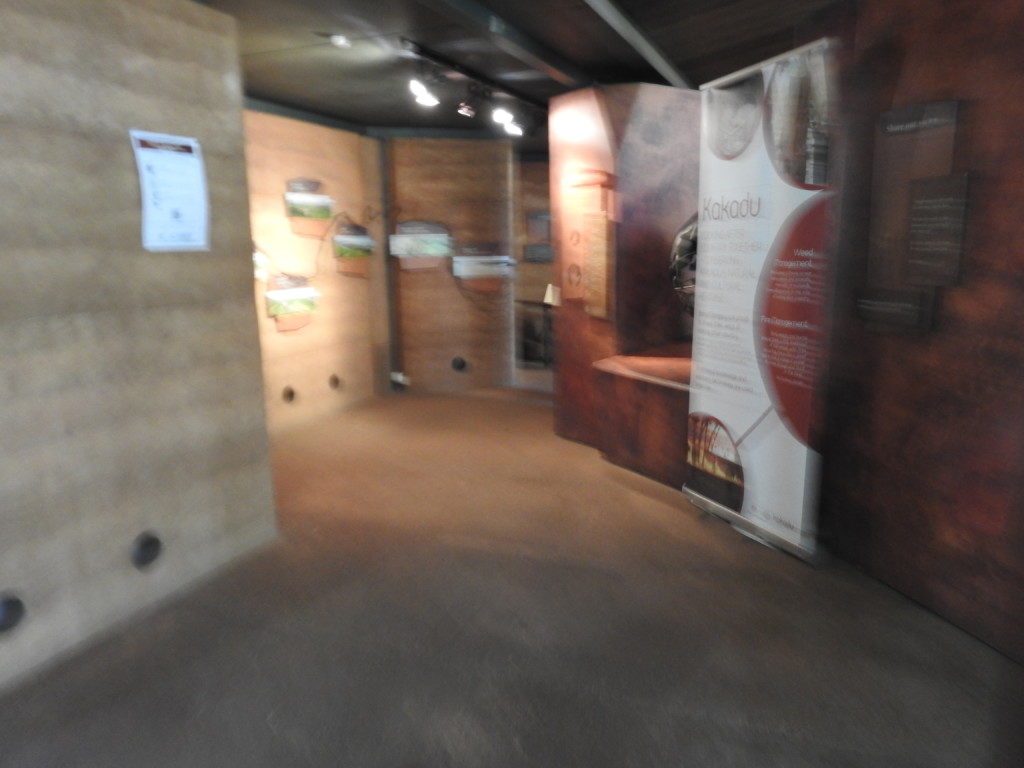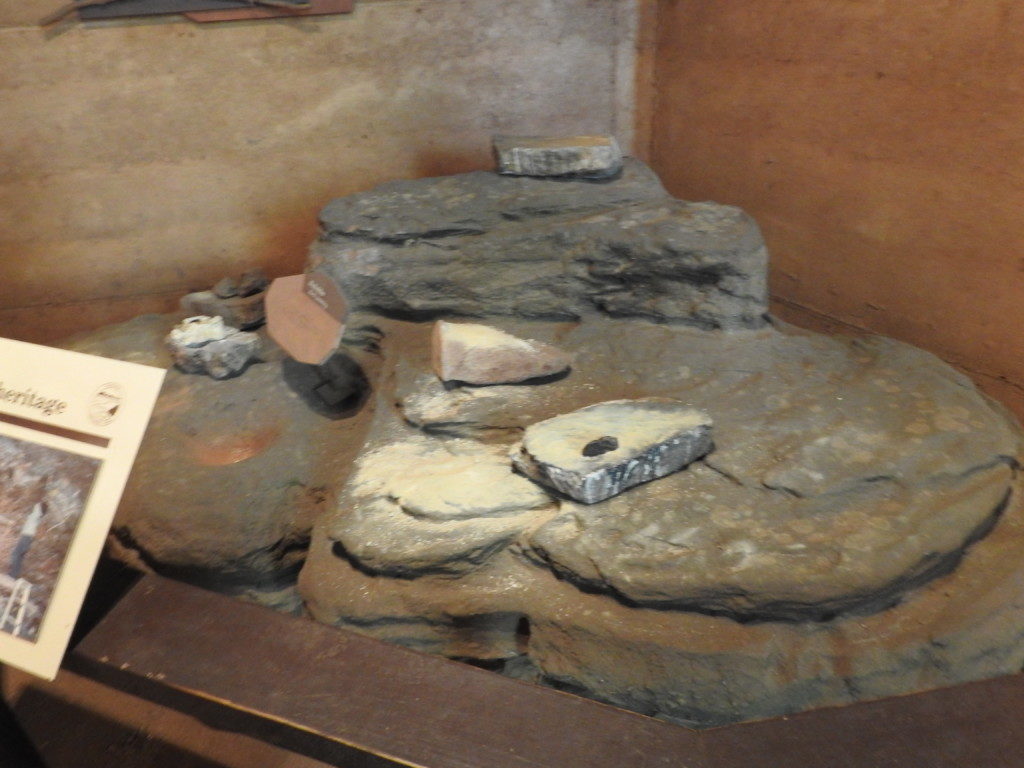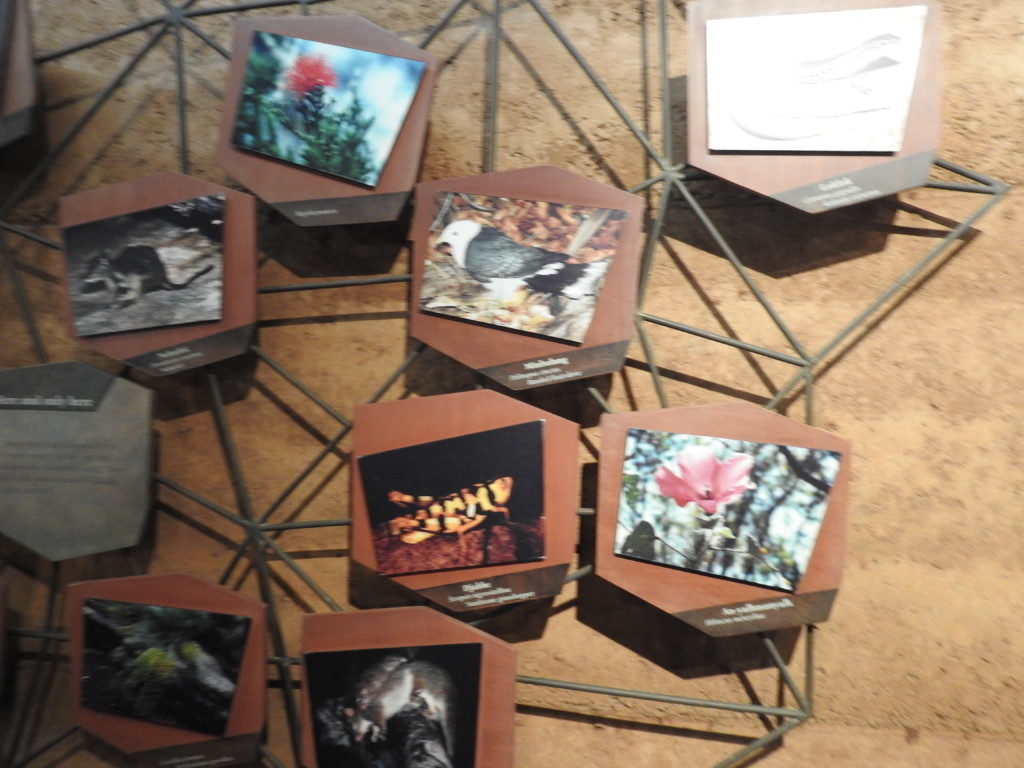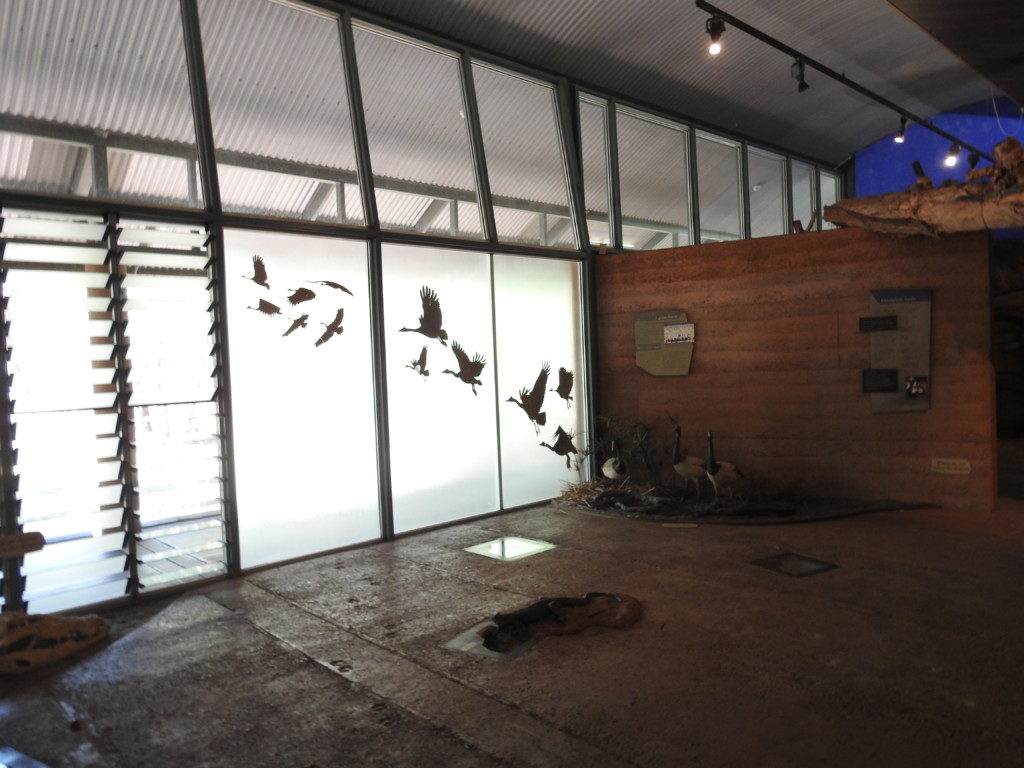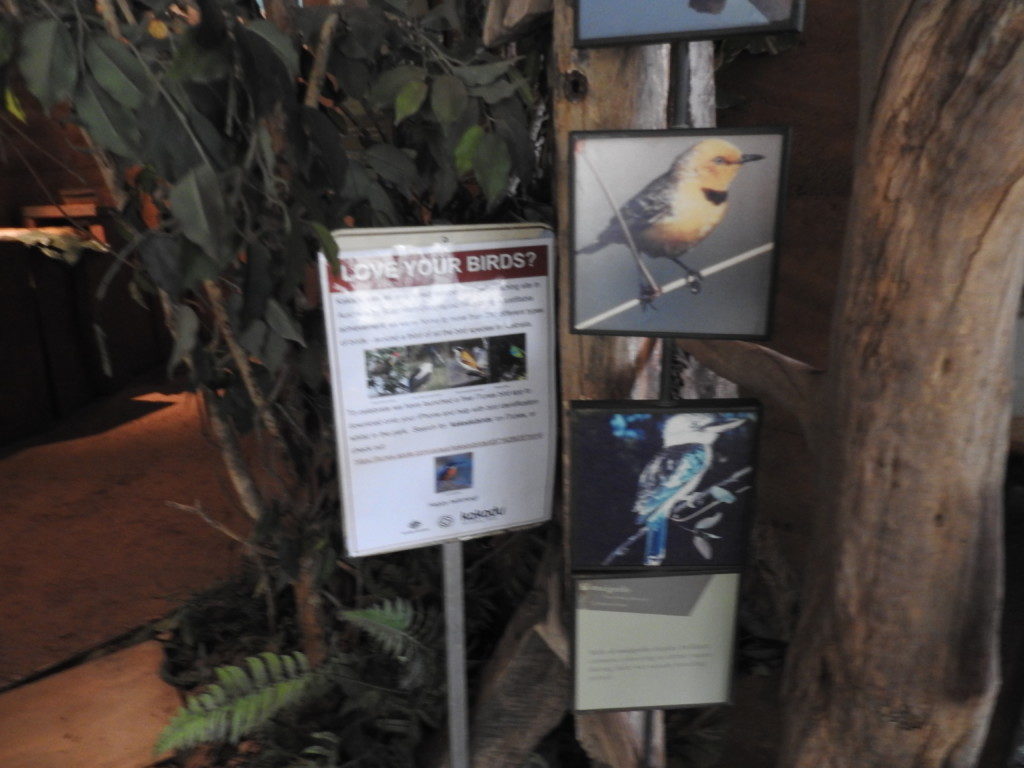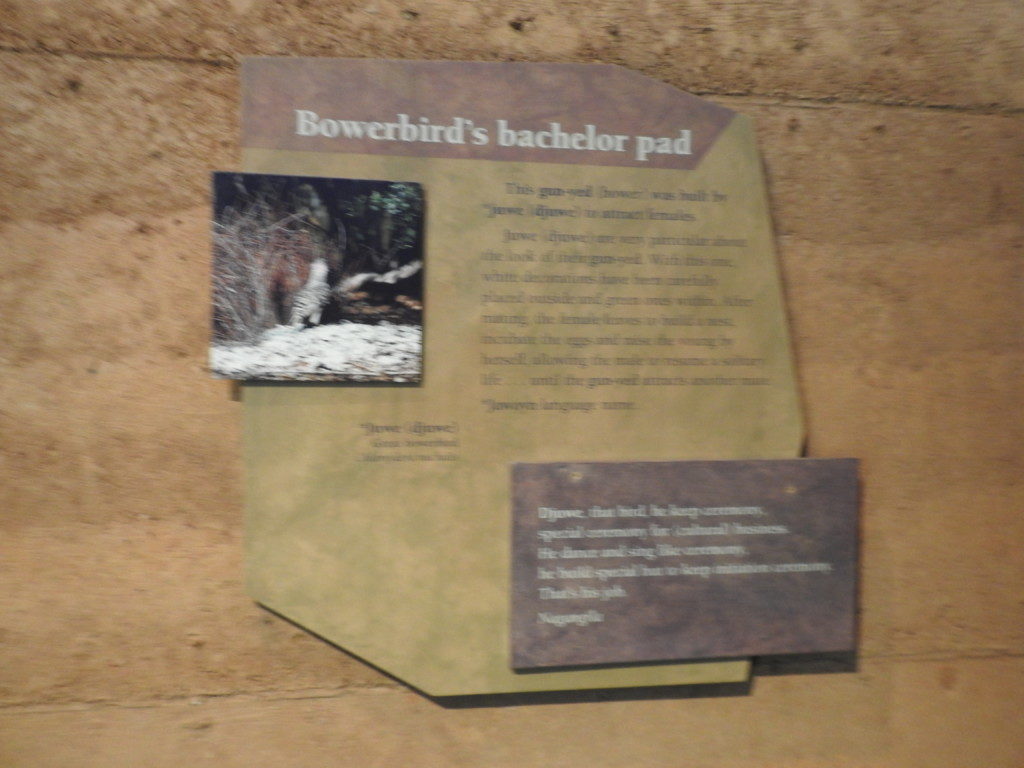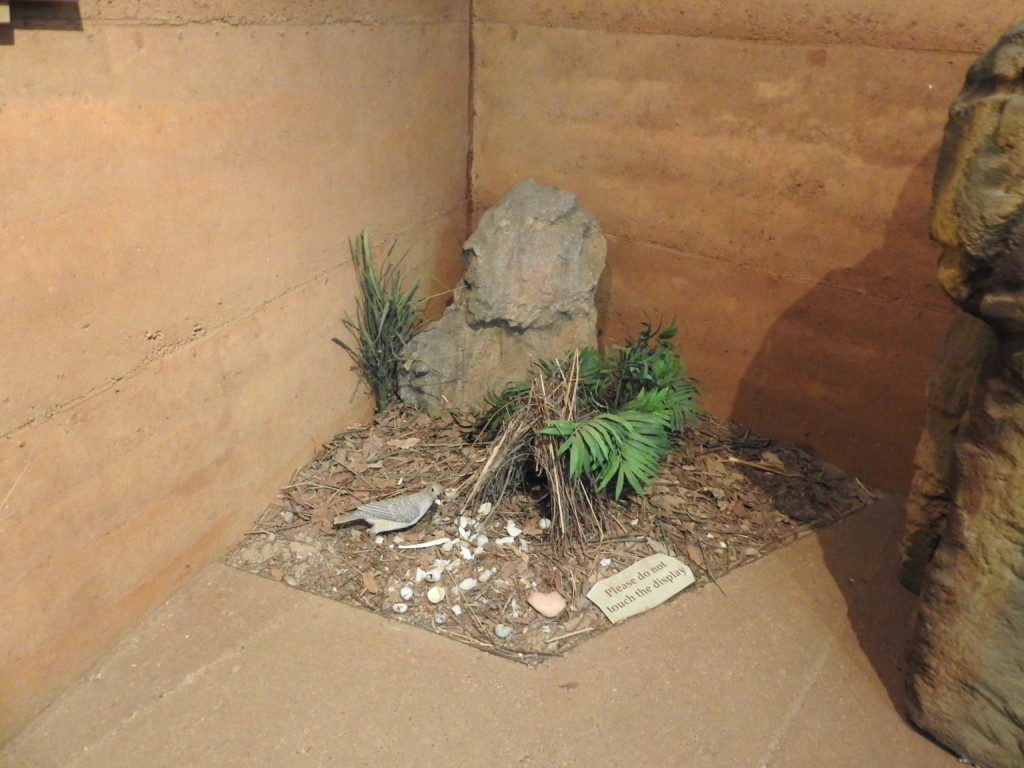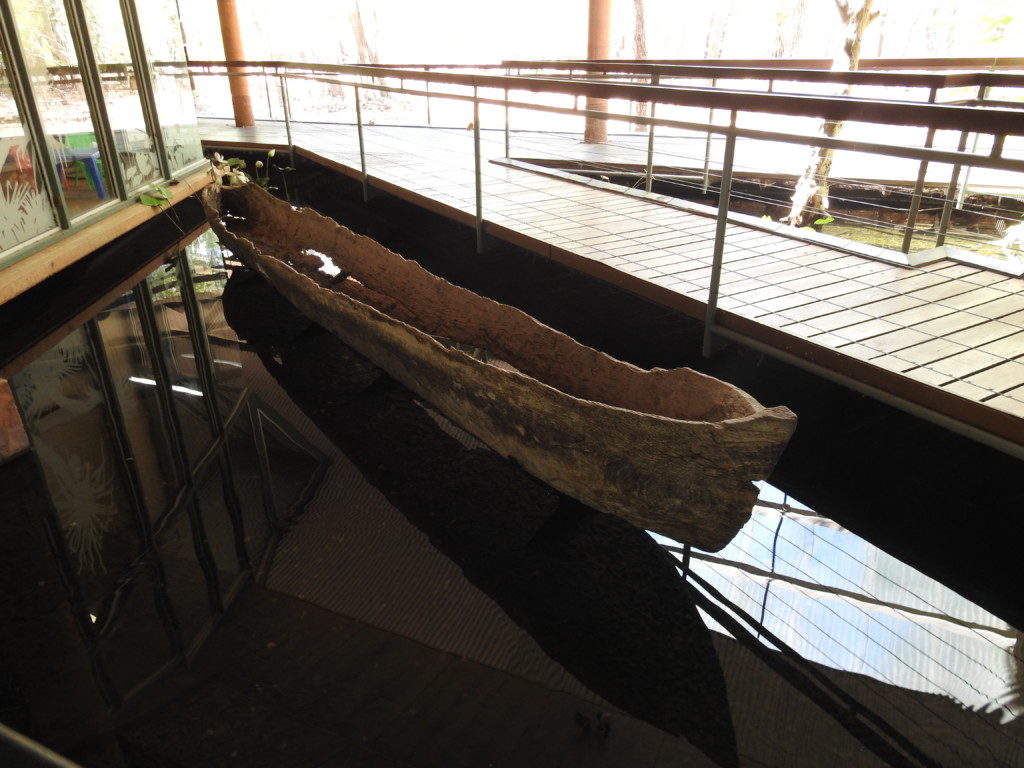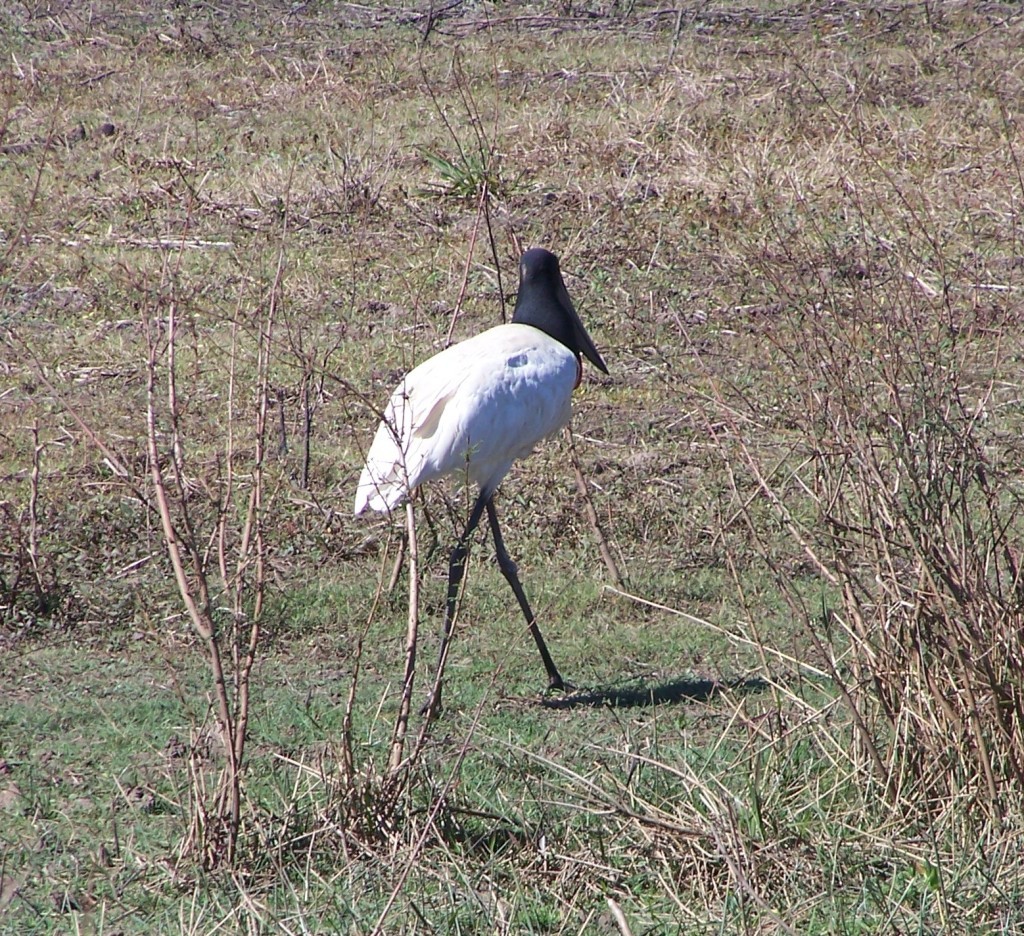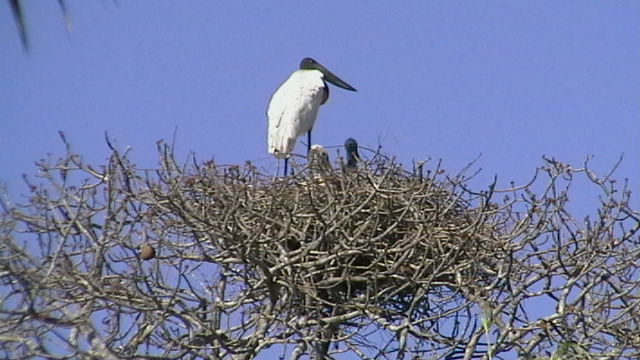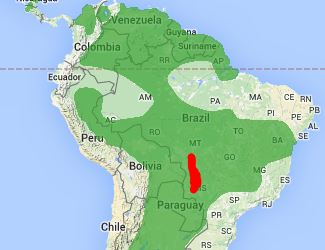Not to be confused with the similarly named property at Cooinda, Kakadu Lodge in Jabiru is managed by Aurora Resorts and is located in Kakadu National Park’s main town, Jabiru.
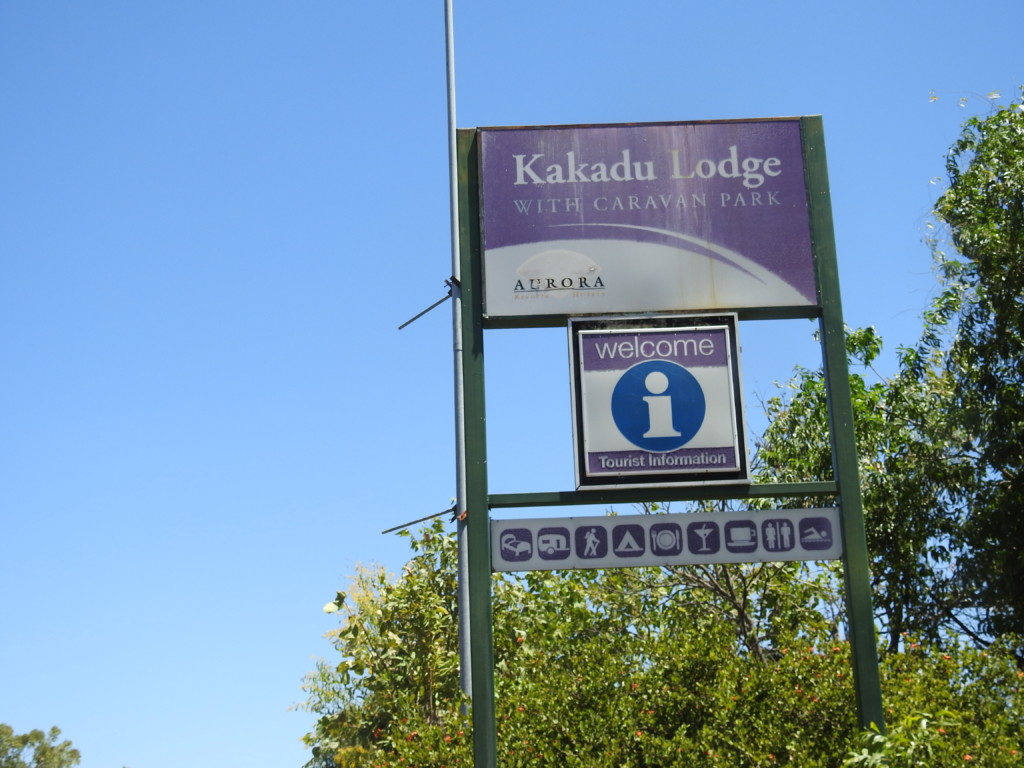
Welcoming comittee!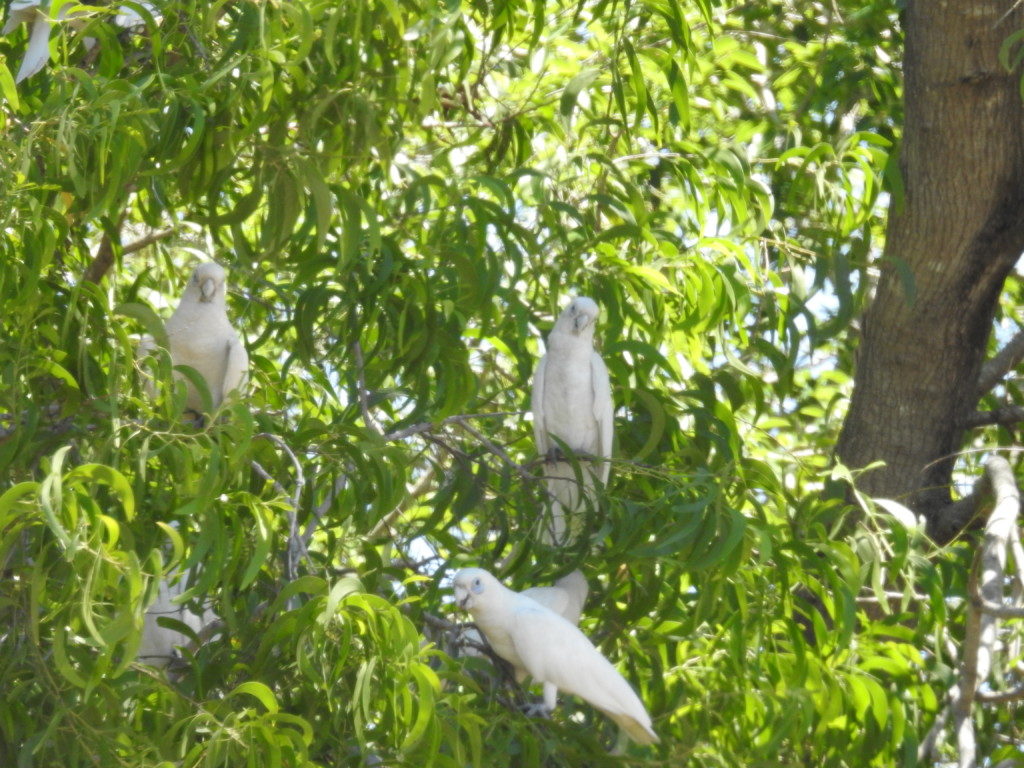
The lodge is the best budget option in what is usually an expensive tourist destination and caters for campers and people who want a room or bungalow. We went for the cheapest budget room.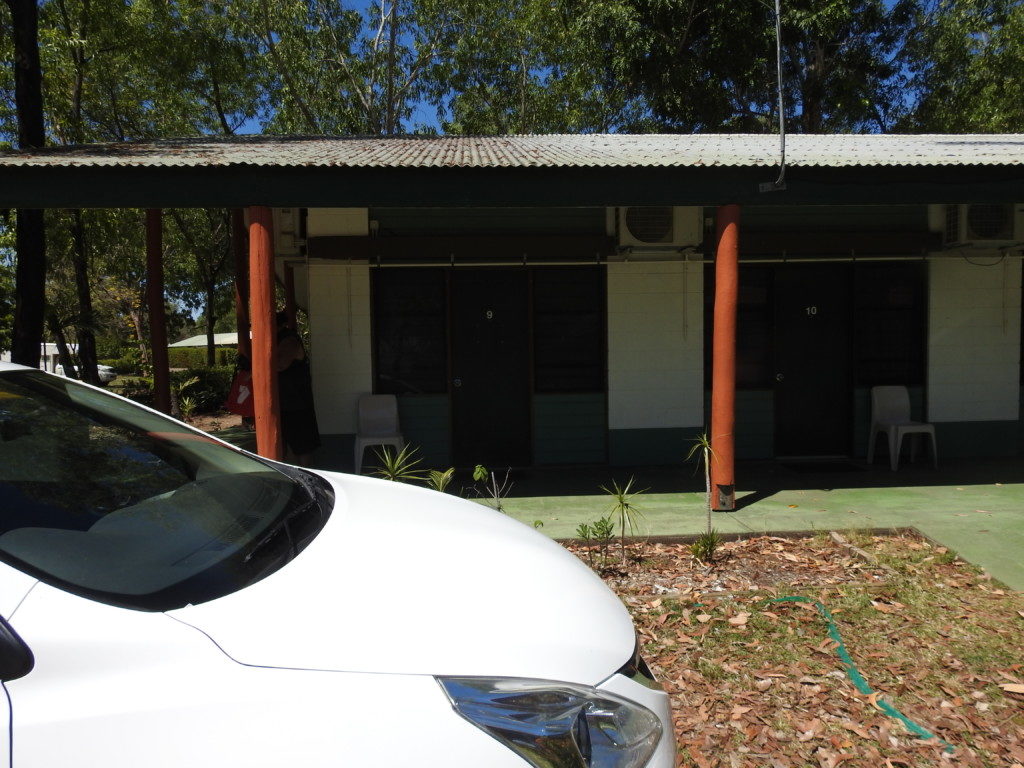
Budget means no ensuite, you use the shared bathrooms and a camp kitchen.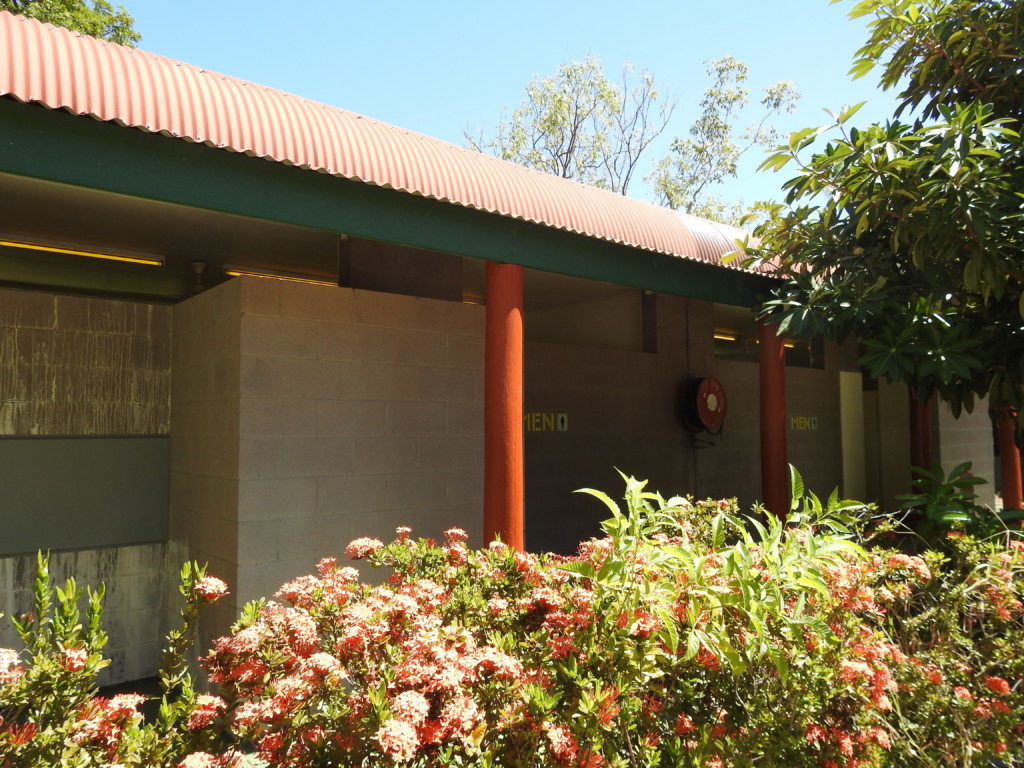
You still get a fridge and tea service in the room. 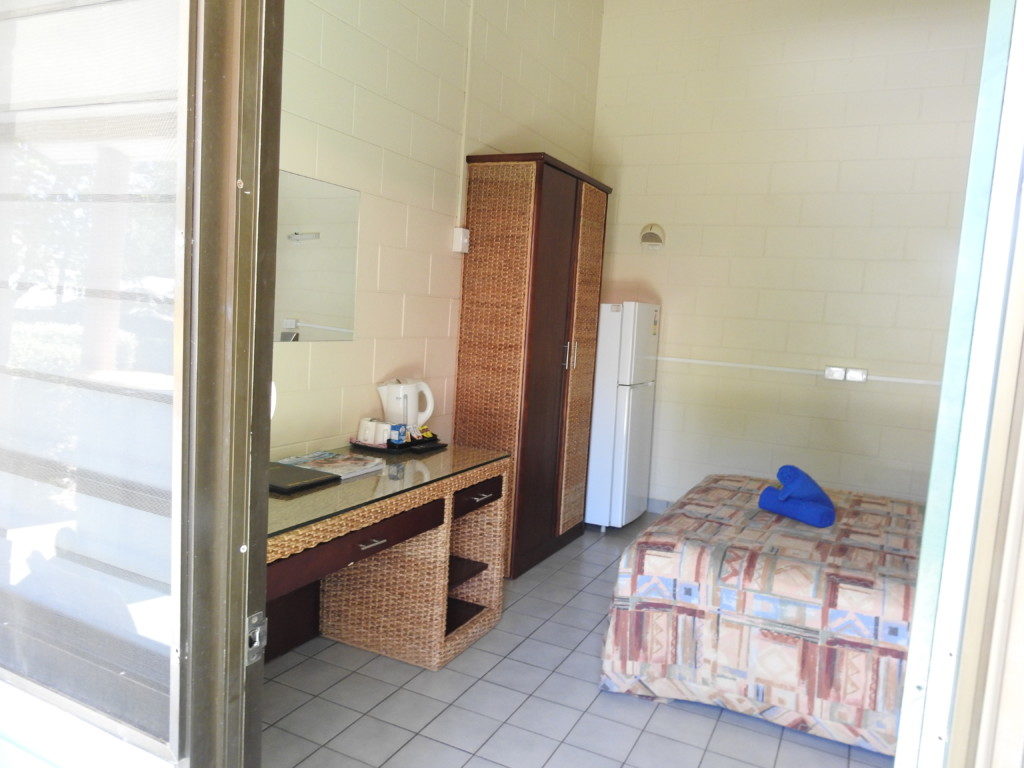
It is pretty small but in a place like Kakadu, we weren’t planning to spend much time in the room.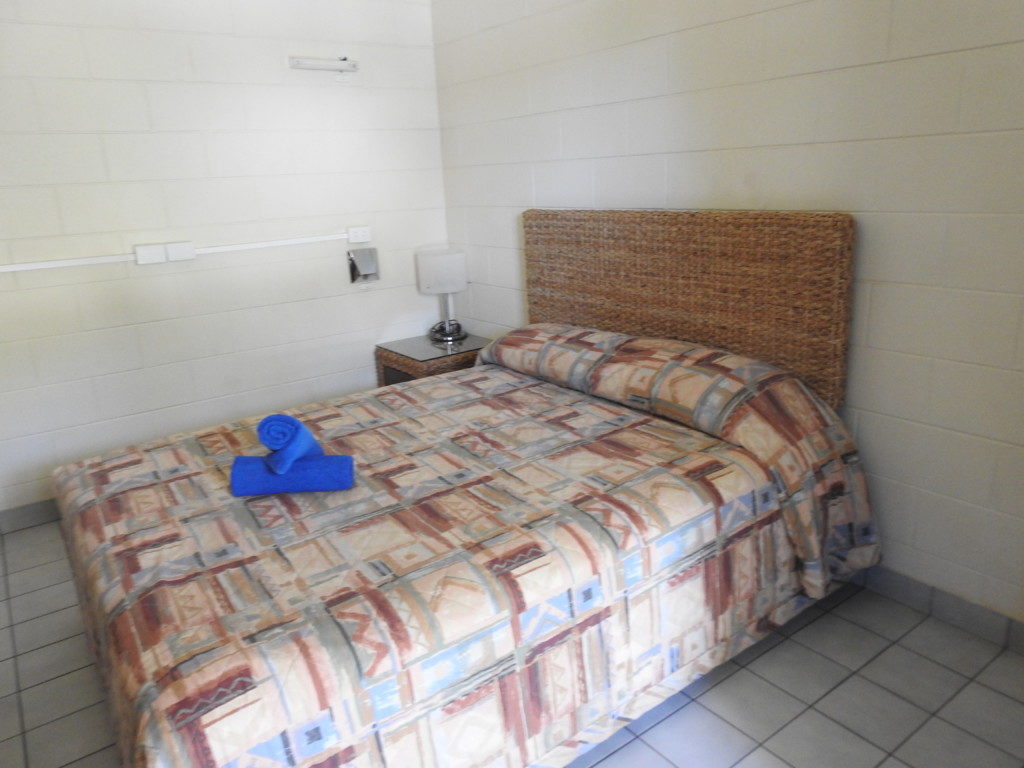
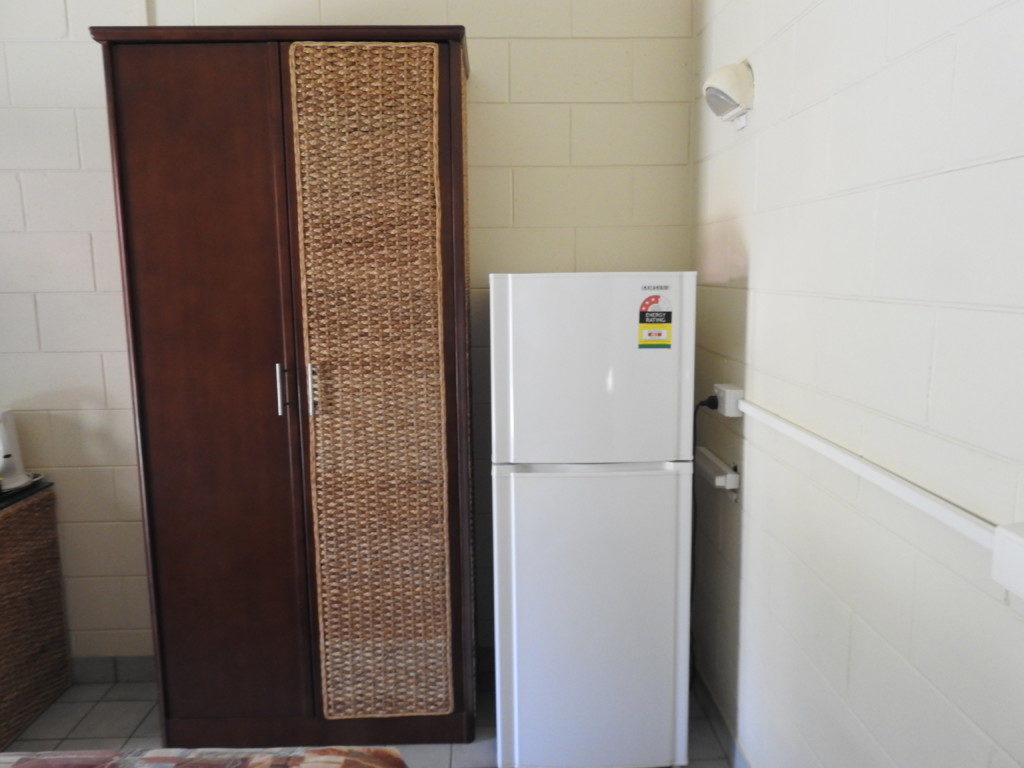
They have an attractive shaded swimming pool with a non-heated jacuzzi. Cockatoos will watch the swimmers below and towards evening you also get flying foxes.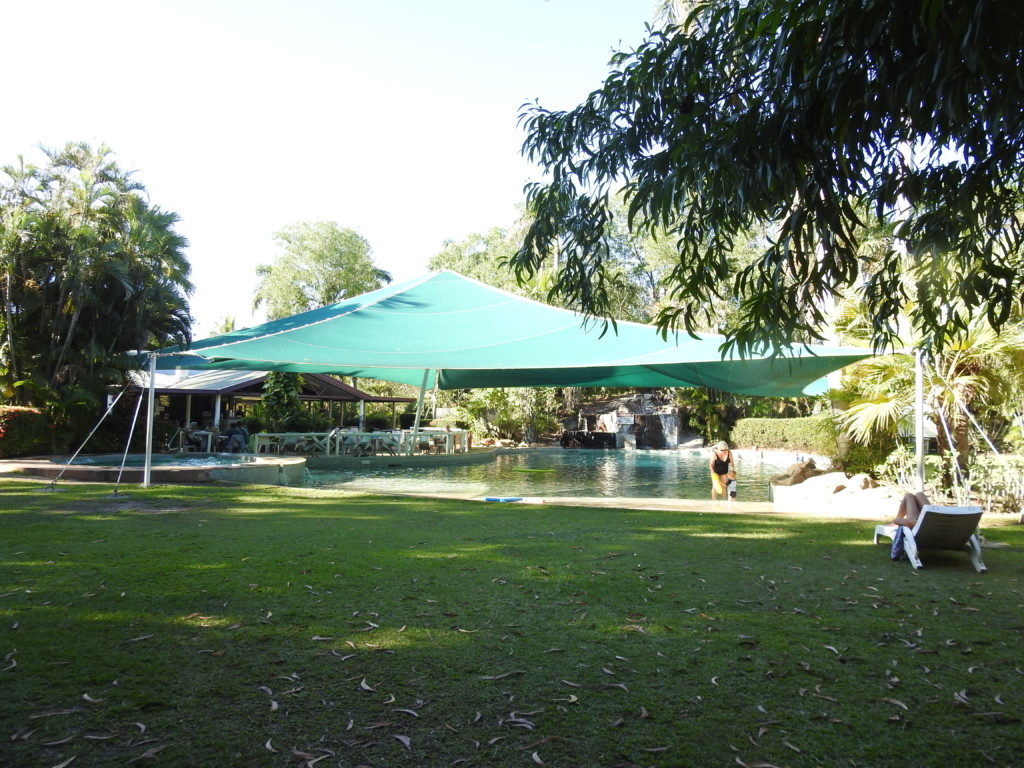
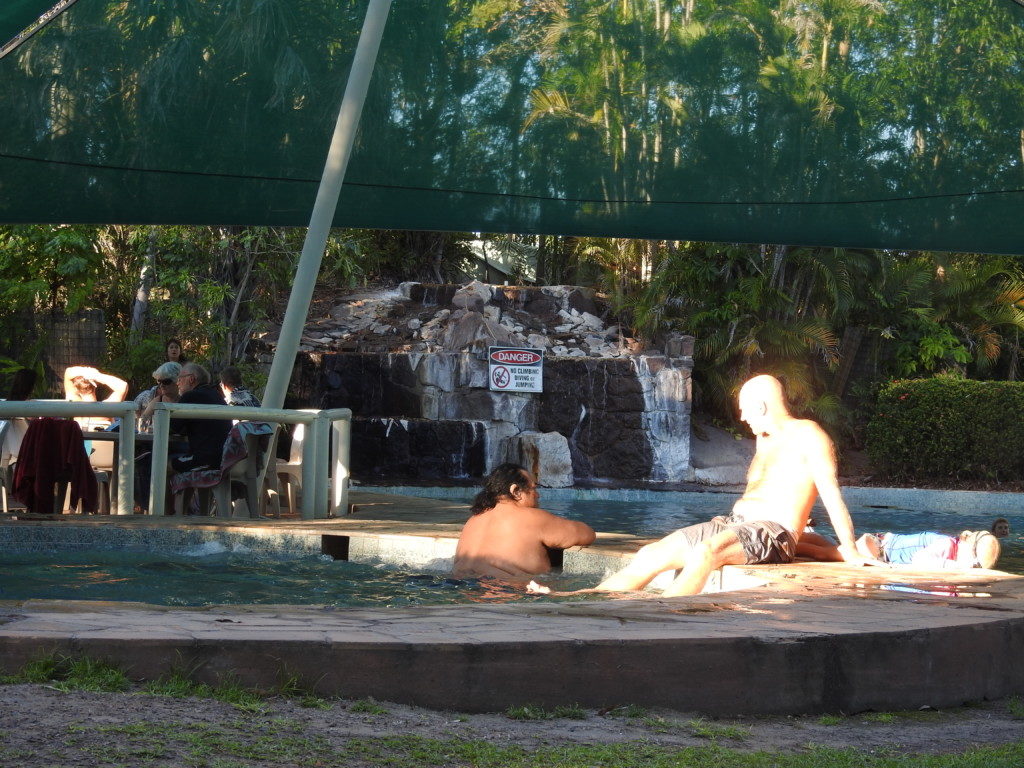
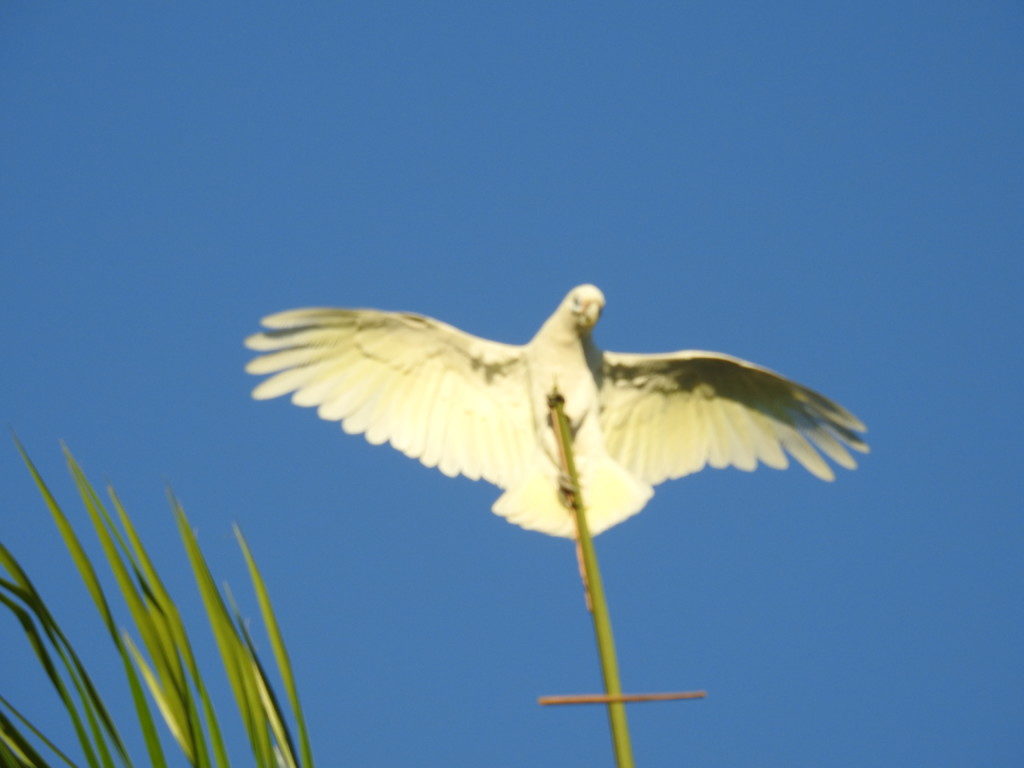
In the town of Jabiru there are a few shops but I recommend stocking up before entering the park for better selection and prices.
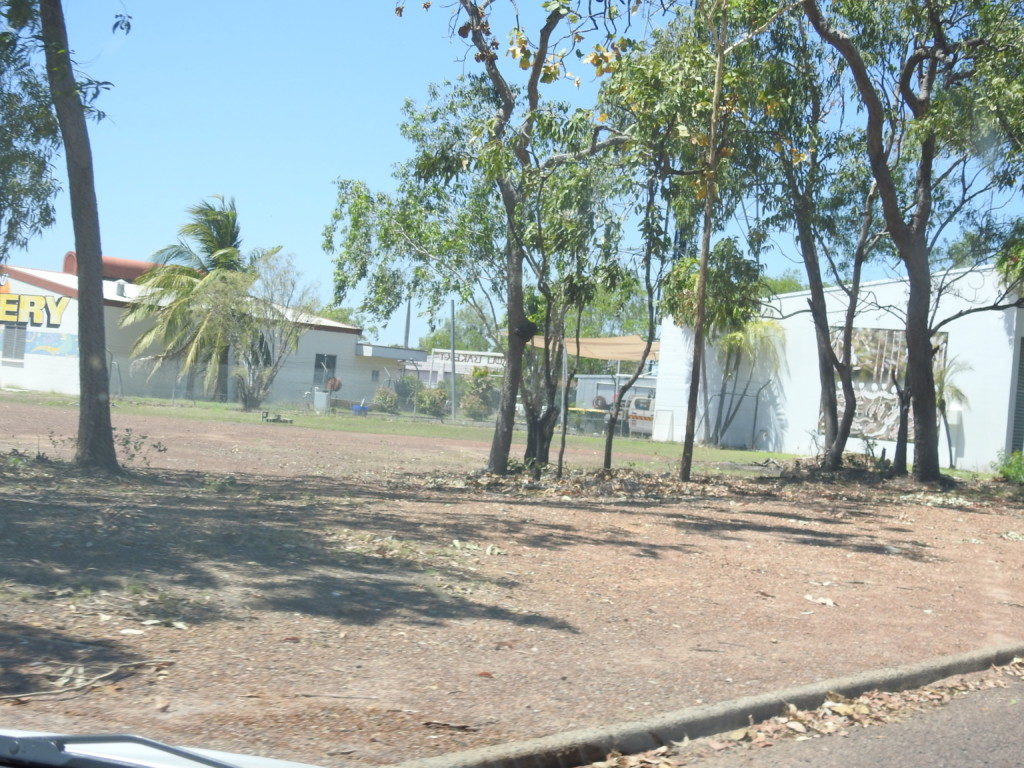
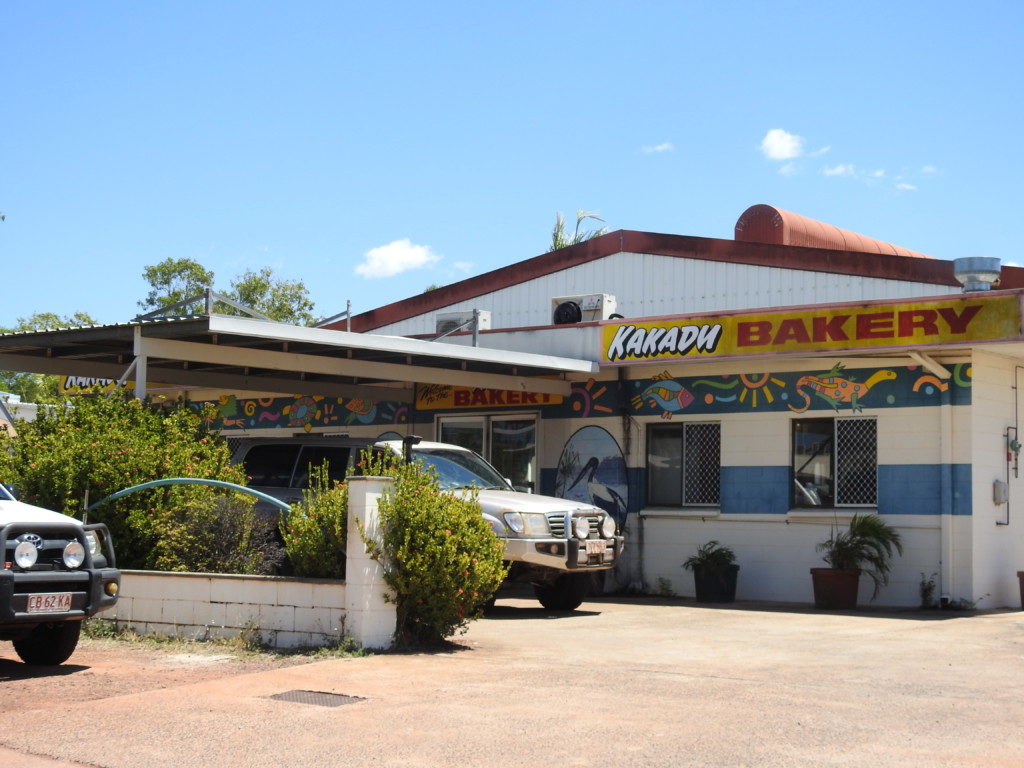
The famous crocodile shaped hotel which is now an Accor property is also in Jabiru but was twice the price of Kakadu Lodge.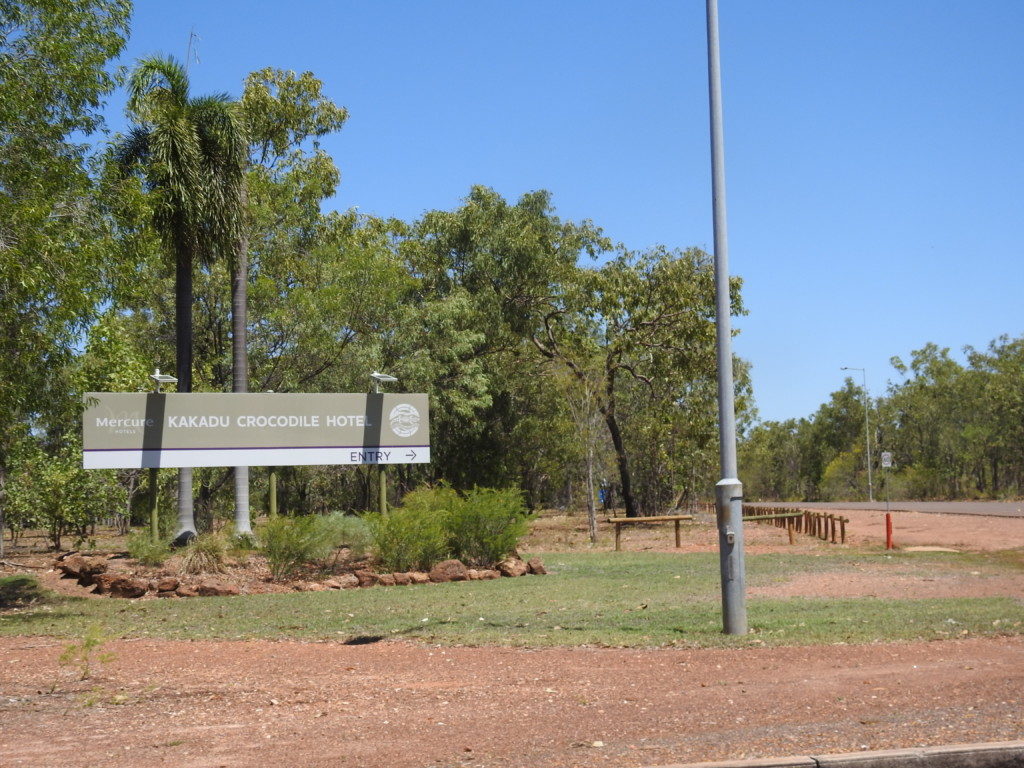
Maybe not everyone would be ok without an ensuite but since we come from a backpacker background,m we were fine with it for the savings. The grounds are nice and plenty of birds to keep you entertained while you have a refreshing swim! Book on their website or try Pointshound or Rocketmiles to gain some airline miles!
